Finding a sense of harmony and coherence is a moving target, but an emerging field of study suggests that the key to achieving this balance lies within the intricate connection between the heart and the brain. This blog delves into the empirical basis for coherence healing, exploring the practice of heart-brain coherence and its profound impact on attuning with the unified field of information, energy, and consciousness.
The Heart-Brain Connection
The heart and the brain, though distinct organs, are deeply interconnected. Scientific research has uncovered the intricate communication network between the two, revealing that the heart sends more signals to the brain than the brain sends to the heart. This bidirectional communication is facilitated by the autonomic nervous system, influencing our emotional experiences and cognitive functions.
Empirical Evidence
Numerous studies have provided empirical evidence supporting the concept of heart-brain coherence and its positive effects on overall well-being. Research conducted by the HeartMath Institute and the University of San Diego, for instance, demonstrates that practicing coherence techniques leads to a more ordered and harmonious physiological state. This coherence is characterized by a smooth and regular heart rate variability, indicative of a balanced autonomic nervous system.
Attuning with the Unified Field
At the intersection of physics and consciousness lies the concept of the unified field—a field of infinite potential that connects all aspects of existence. Proponents of heart-brain coherence posit that by aligning our physiological and emotional states, we can tap into this unified field more effectively. This alignment is believed to create a resonance that harmonizes our individual consciousness with the broader field of information and energy. While this concept may seem removed from everyday life, many mystics, healers, and philosophical traditions have attempted to describe and articulate the value of this more expanded state of awareness.
Techniques for Achieving Coherence
Heart-Centered Breathing: A fundamental technique involves focusing on your heart and practicing rhythmic, deep breathing. This not only calms the nervous system but also promotes synchronization between the heart and the brain.
Positive Emotion Cultivation: Engaging in activities that evoke positive emotions, such as gratitude or appreciation, contributes to coherence. These emotions have been shown to create a coherent heart rhythm pattern.
Mindfulness Meditation: Mindfulness practices, including meditation, enhance self-awareness and help in aligning the heart and brain. Regular mindfulness meditation has been linked to improved emotional regulation and coherence.
Practical Applications
Beyond the realm of personal well-being, the practice of heart-brain coherence has potential applications in various fields. From stress reduction and improved cognitive function to enhanced creativity and decision-making, the implications are vast. Integrating coherence techniques into education, healthcare, and corporate environments may pave the way for a more harmonious and resilient society.
As we navigate the complexities of modern life, the pursuit of harmony in thought takes center stage. The empirical basis for coherence healing through heart-brain coherence offers a tangible path toward achieving this balance. By understanding and implementing these techniques, we can unlock the potential for personal growth, improved well-being, and a deeper connection with the unified field of information, energy, and consciousness. Embrace the journey towards harmony in thought, and let the symphony of coherence guide you to a more fulfilling existence.

